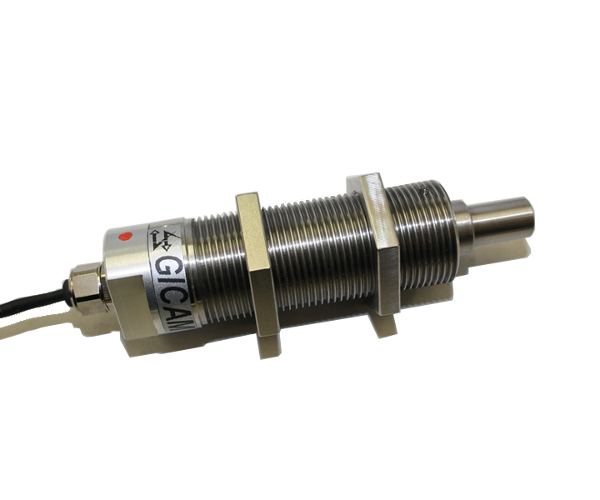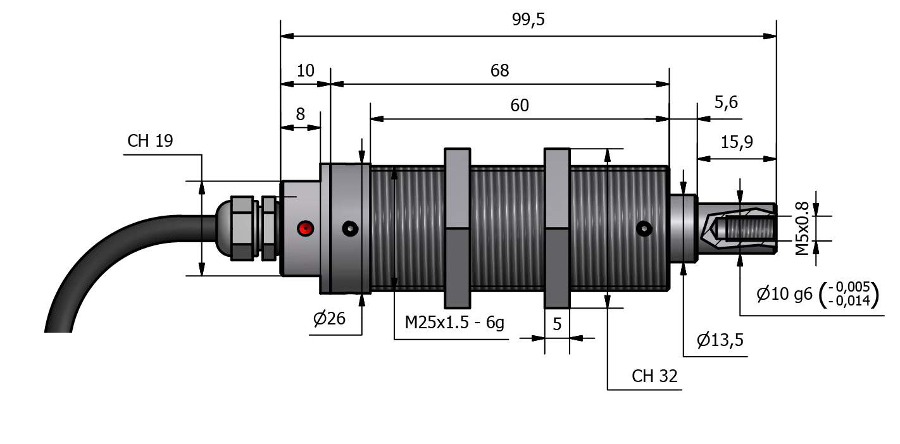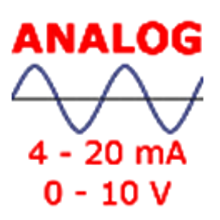PULLEY LOAD CELL
Features: robust, easy to install. Adjustable by two nuts with fine pitch. High resonance frequency, possibility of amplified analog output . Protection against overloads and centrifugal forces.
Applications: winding machines, unwinding machines, rotanting machines, planetary, pulling machines, any application that needs to measure the pull of cables, ropes etc.
![]() Click to enlarge image
Click to enlarge image



| Material | Stainless steel/Aluminium |
| Nominal load | 10, 500 N |
| Limit load | 200 % F.S. |
| Breaking load | 500 % F.S. |
| Nominal load deflection | 0,1 mm |
| Supply voltage | Maximum 18 V dc |
| Sensitivity | 1 mV/V |
| Output tollerance | 0,2 % F.S. |
| Zero tollerance | 1 % F.S. |
| Linearity | 0,2 % F.S. |
| Hysteresis | 0,03 % F.S. |
| Reapeatability | 0,2 % F.S. |
| Input resistance | 350-360 ohm |
| Output resistance | 350-353 ohm |
| Insulation resistance | >= 2000 Mohm |
| Creep (30 Minutes) | 0,03 % F.S. |
| Thermal compensation | -10 / +40°C (14 / +104°F) |
| Operating temperature | -20 / +70°C (-4 / +158°F) |
| Temperature deviation zero | 0,003 % F.S. / °C |
| Temperature deviation full scale | 0,002 % F.S. / °C |
| Protection class | IP 54 |
| Standard cable length | 5 m – 4 x 0,25 (shield not connected to the load cell body |
| Type | SHIELDED CABLE 4C R5 PUR 4X0,25 |
| Length | 5 m (body lead cell not connected shield) |
| Red | + IN |
| Black | - IN |
| Green | + OUT |
| White | - OUT |
General precautions to be followed in the installation and assembly of load cells: